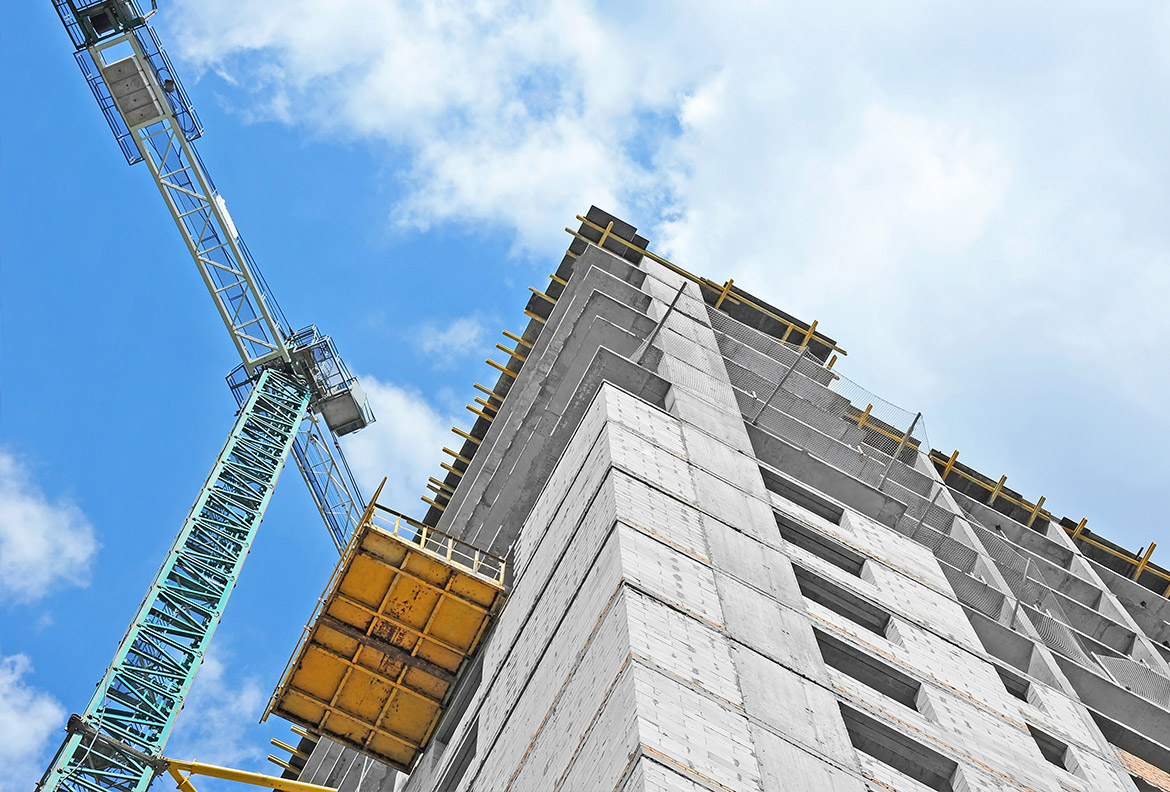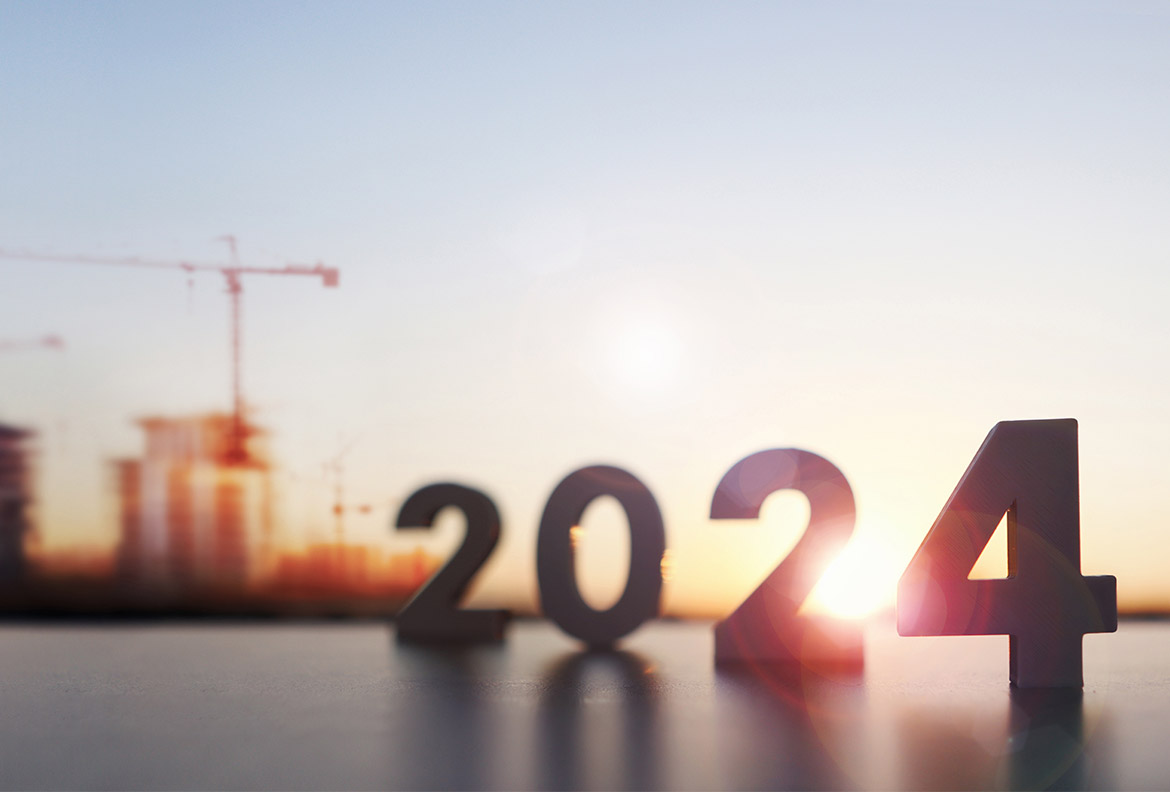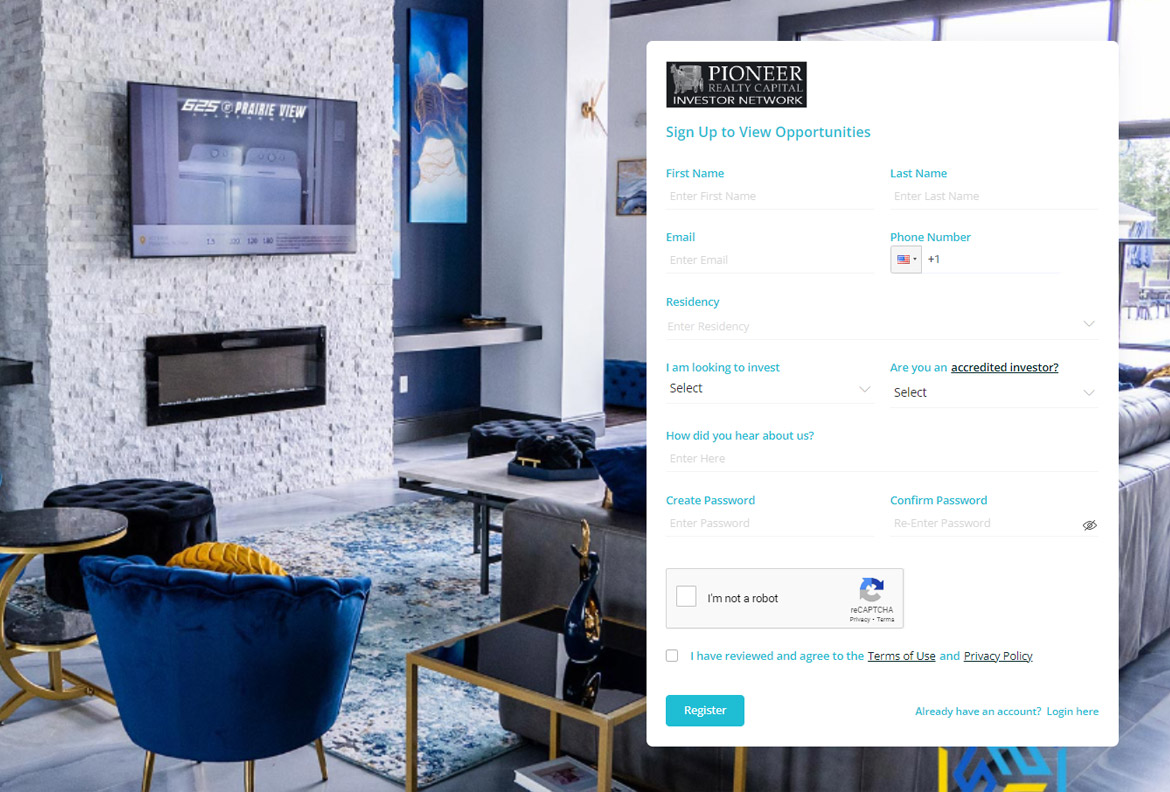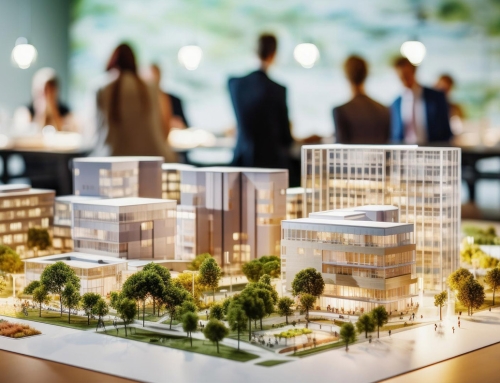Expert Insights for 2024 & Beyond: Our US Commercial Real Estate Multifamily Market Outlook
As we navigate through 2024, the multifamily segment of commercial real estate continues to exhibit resilience amidst a landscape of rising development costs and shifting investment dynamics. Here’s what investors and developers need to know about the multifamily market in the United States this year:
1. Increased Development Costs and Investment Needs: The cost to develop multifamily units has significantly increased, now averaging approximately $280,000 per unit compared to $150,000 in previous years. This rise in costs necessitates a greater infusion of capital or equity from investors to initiate and sustain new projects. This financial climate is driving a cautious approach among developers, especially in high-cost areas like Nevada, where substantial out-of-state investment continues despite these challenges (Nevada Business Magazine) (CBRE Commercial Real Estate Services).

2. Strategic Investment Opportunities: Despite higher costs and potential market cooling, multifamily remains a robust sector due to enduring tenant demand. Strategic investments, particularly in well-capitalized ventures, can still yield substantial returns. Investors are advised to focus on market trends and consider long-term horizons for their investments. The market is anticipated to stabilize as interest rates adjust and economic uncertainties resolve (Nevada Business Magazine) (CBRE Commercial Real Estate Services).
3. Regional Variations to Watch: The multifamily market’s performance can vary significantly by region. In some areas, new growth and gentrification are driving up property values, whereas other regions may see stagnation or decline. This underscores the importance of local market analysis when considering multifamily investments (Tolj Commercial).

4. The Role of Technology and Smart Cities: Advancements in technology and the development of smart cities are creating new opportunities within the multifamily sector. Cities that integrate technology to enhance living conditions and streamline services are becoming increasingly attractive to residents and investors alike. This shift suggests a growing market for multifamily developments in technologically advanced areas, potentially offering lower operating costs and higher desirability (Tolj Commercial).
5. Economic and Interest Rate Implications: As the global economy shows signs of slowing, with particular slowdowns in Europe and China, the U.S. multifamily market must navigate the impact of rising interest rates and a potential tightening of capital markets. While the broader economy might slow down, multifamily properties could benefit from a resilient U.S. economic environment, provided that investors adapt to the changing financial landscape (CBRE Commercial Real Estate Services).















Get Social